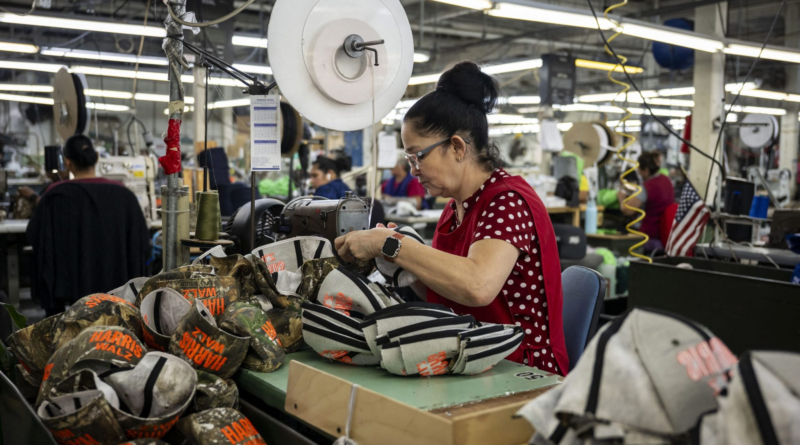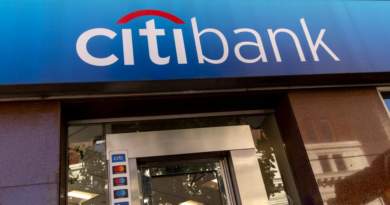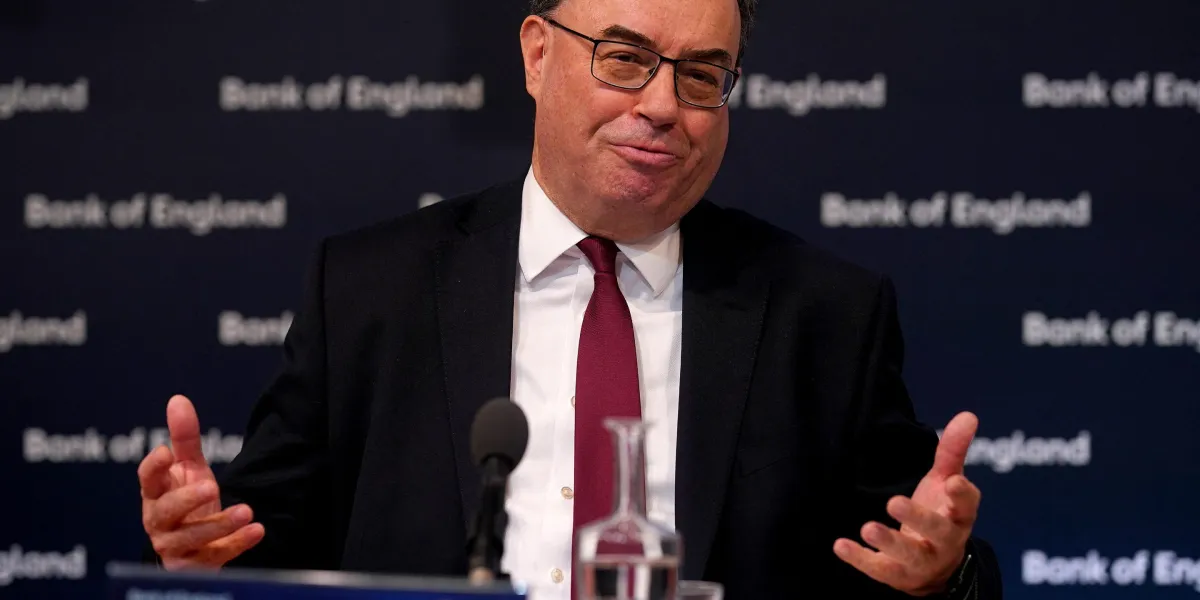There’s already one clear election winner: The company making hats for every major candidate
It’s one accomplishment to work both sides of the political aisle. It’s another to count the opposing political bodies as happily paying customers.
Unionwear, a union-run hat factory, has been busy for months stitching together the baseball caps that have become emblematic of both Kamala Harris’s and Donald Trump’s respective presidential campaigns. The Newark, New Jersey-based company churns out 5,000 hats a day, sometimes exclusively for the Harris campaign. The first batch of camouflage hats with bold, neon orange lettering sold out in 30 minutes. In 24 hours, Unionwear sold 25,000 of those hats. The company has so many orders to fulfill, it plans to ship hats deep into November and beyond—regardless of the election’s victor.
“There’s just such a demand for this merchandise—and we’re selling it with delivery dates beyond the election,” Unionwear founder and president Mitch Cahn told Fortune. “We have not lost any momentum at all.”
Unionwear has been producing hats for presidential campaigns since its 1992 inception, minting a modest 150 caps for the Clinton-Gore campaign. By 2000, the company had exponentially grown its election hat efforts, making at least 100,000 caps for the Gore-Lieberman camp. The company has since produced hats for nearly every Democratic presidential candidate, as well as John McCain’s 2008 presidential bid, Donald Trump’s 2016 campaign, and most major Senate campaigns, from John Fetterman to Raphael Warnock. Though Trump’s campaign no longer commissions its MAGA hats through Unionwear and opts for a different U.S.-made company, the factory counts his PACs and regional campaigns as customers.
While Unionwear’s command over the campaign apparel market has helped it thrive through big moments in modern American history, its rare status as union-made—one of the few left in the country—has cemented its appeal to massive entities from the U.S. military to the U.S. Olympic team.
Baseball, but make it fashion
Prior to Unionwear’s 1992 founding, Cahn was a Wharton School grad and jaded Wall Street worker more interested in industry than investment banking. He bought the remains of a belly-up baseball cap factory, winning back its old sewing machines in an auction and nabbing six of its previous employees. At the time, baseball hats were mostly reserved for their namesake purpose. The accessories had little presence in the fashion world on clothier shelves, but Cahn had an itch that was about to change. He began to notice a shift of the caps becoming more fashion-forward, exemplified by Magnum P.I.’s Tom Selleck rocking a Detroit Tigers hat.
“That was one of the first times you saw someone outside of sports wearing a baseball hat all the time,” Cahn said.
Cahn’s hunch was proved correct when the company, then the New Jersey Headwear Corp., had its first big break with an—albeit short-lived—contract with Ralph Lauren, sewing material from surplus chinos into hats, branding the front with the pants’ label.
“At best, I was predicting a trend,” Cahn said. “And if I had any impact, I might have hastened it.”
Though the company’s employees have always been union-represented, it didn’t fully embrace that aspect of its identity until the early aughts, when the number of U.S. hat manufacturers, once thousands-strong, dwindled as a result of NAFTA snowballing overseas apparel manufacturing. The “Made in the U.S.A” tag was suddenly much more premium, particularly for U.S. unions in search of merchandise that aligned with their moral sensibilities.
To this day, Unionwear produces hats and bags for unions, though it gets over half its business from U.S. military entities, such as orders for garment bags for Air Force polites and promotional hats for Army and Marines recruits. With additional clients of Budweiser and Ford, Unionwear has plenty of steady business outside of federal election years. By the time the influx of hat orders hit the company this election cycle, Cahn was more or less prepared, having already fulfilled the order of previous clients placed well ahead of the election rush.
Union wear and tear
For all Cahn’s advanced planning, Unionwear quickly doubled its capacity, increasing production from 2,500 hats per day in June to 5,000 per day by late September.
“We’ve invested in a lot of machinery,” he said. “We’ve invested in a lot of overtime.”
Cahn made sure to train his 165 employees rather than hire new ones, for fear that should demand drop off next year, he wouldn’t have to lay off new faces shortly after training them. Hats, made with 24 pieces and 23 operations, are notoriously difficult to produce, leaving little precious time to be spent teaching new recruits.

ANGELA WEISS/AFP—Getty Images
Unionwear also boasts the ability to skirt supply chain woes that have afflicted overseas competitors. The longshoreman strike shuttering over a dozen East and Gulf Coast ports in the U.S. have already threatened to delay shipments of imported components and goods for retailers like Walmart and Ikea. Unionwear avoided similar trade fiascos presented by the Red Sea attacks.
But the company has had to weather higher labor costs, though Cahn insists unit costs for domestically produced goods aren’t as disparate from non-union prices as most believe. Then there’s the matter of inventory. There’s a reason the array of Unionwear’s offerings are pared down to hats and bags only: fewer patterns to teach workers, and the stiff material from both makes stitching and sizing more uniform.
Unionwear is by no means the go-to hat manufacturer for most brands, Cahn said. Overseas production still dominates the industry, but for the cadre of companies looking for U.S. and union-made hats, Unionwear’s “Made in the U.S.A.” stamp still holds weight.
“Unionwear was—and still is—overall, a very small part of that baseball hat business,” he said. “We’re just a big player domestically.”
Meeting the moment
Cahn credits the company’s rise to “big player” status in the U.S. to the growth of e-commerce in the early 2000s, which coincided with the 2004 Bush-Cheney campaign, the first to leverage in-house sales of campaign merch to boost fundraising dollars and visual support for a ticket.
Hats, Cahn believes, are a different merchandise beast entirely, born and bred for the world of viral internet posts and status-obsessive Gen Z. For one, they don’t require frequent laundering like a T-shirt, and hats are often not obstructed by other pieces of clothing like a jacket or sweatshirt. For both major political parties, caps have become a beacon of loyalty that can be easily slipped into an Instagram post.
MAGA hats reached meme status during Trump’s first presidential campaign, the red recognizable from afar in signally political allegiance. But Harris’s camo hat is reaching a similar status, thanks in part to its similarity to pop star Chappel Roan’s popularization of the pattern among younger, left-leaning, and predominantly women and LGBTQ+ audiences. The pop culture tip of the hat from the campaign has become representative of Harris’s bid for young voters.
“It’s aligning her with a Gen Z audience and playing into what’s trending right now,” Caroline Albro, author of the Brand Baby Substack about brand marketing through a Gen Z lens, told Fortune.
Cahn said his clients skew Democratic, as the party generally seeks out domestic union-made products more than Republicans, but campaigns from all parties rely on the U.S.-made brand. It’s been an auspicious year for stars-and-stripes-marked products. Unionwear conducted an analysis using Google Trends that found a strong correlation between purchases of U.S.-made products and federal elections and summer Olympics. With the U.S. slated to host the World Cup in 2026—concurrent to the country’s semiquincentennial celebration—U.S.-made companies have a lot to gain.
“Our theory behind it is that the U.S.A. is a brand,” Cahn said. “And we built our business around that, and we’ve grown to expect that.”



